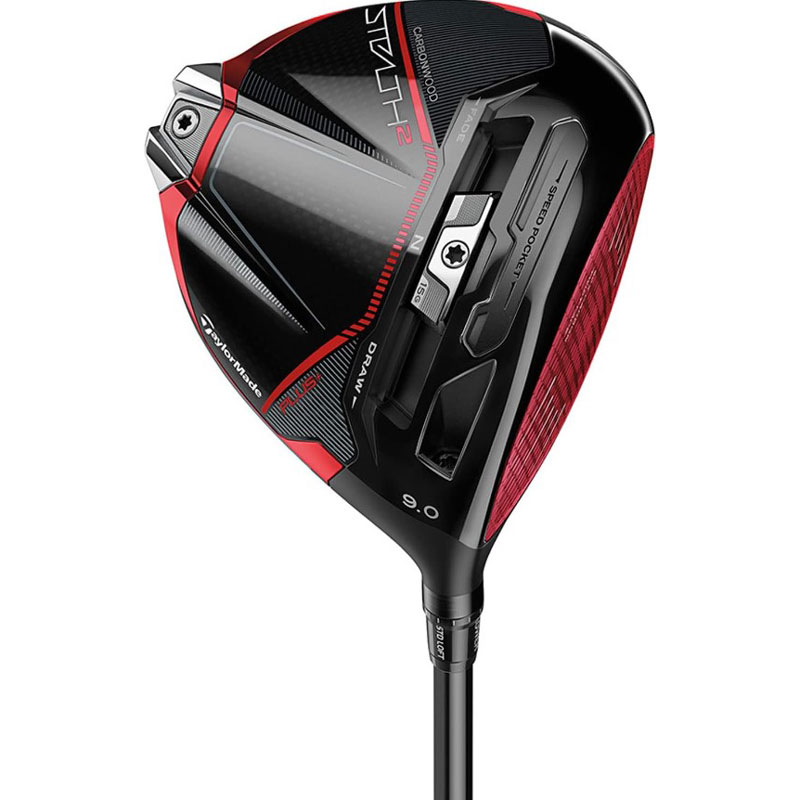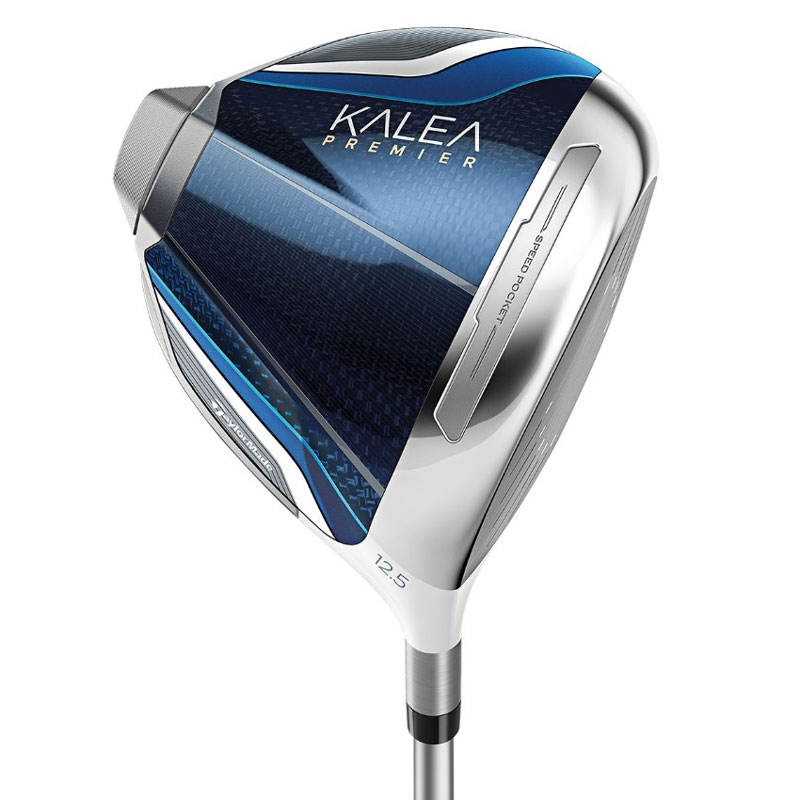Best TaylorMade Drivers 2025
TaylorMade make some of the best drivers on the market and, in this guide, we have taken a look at their range
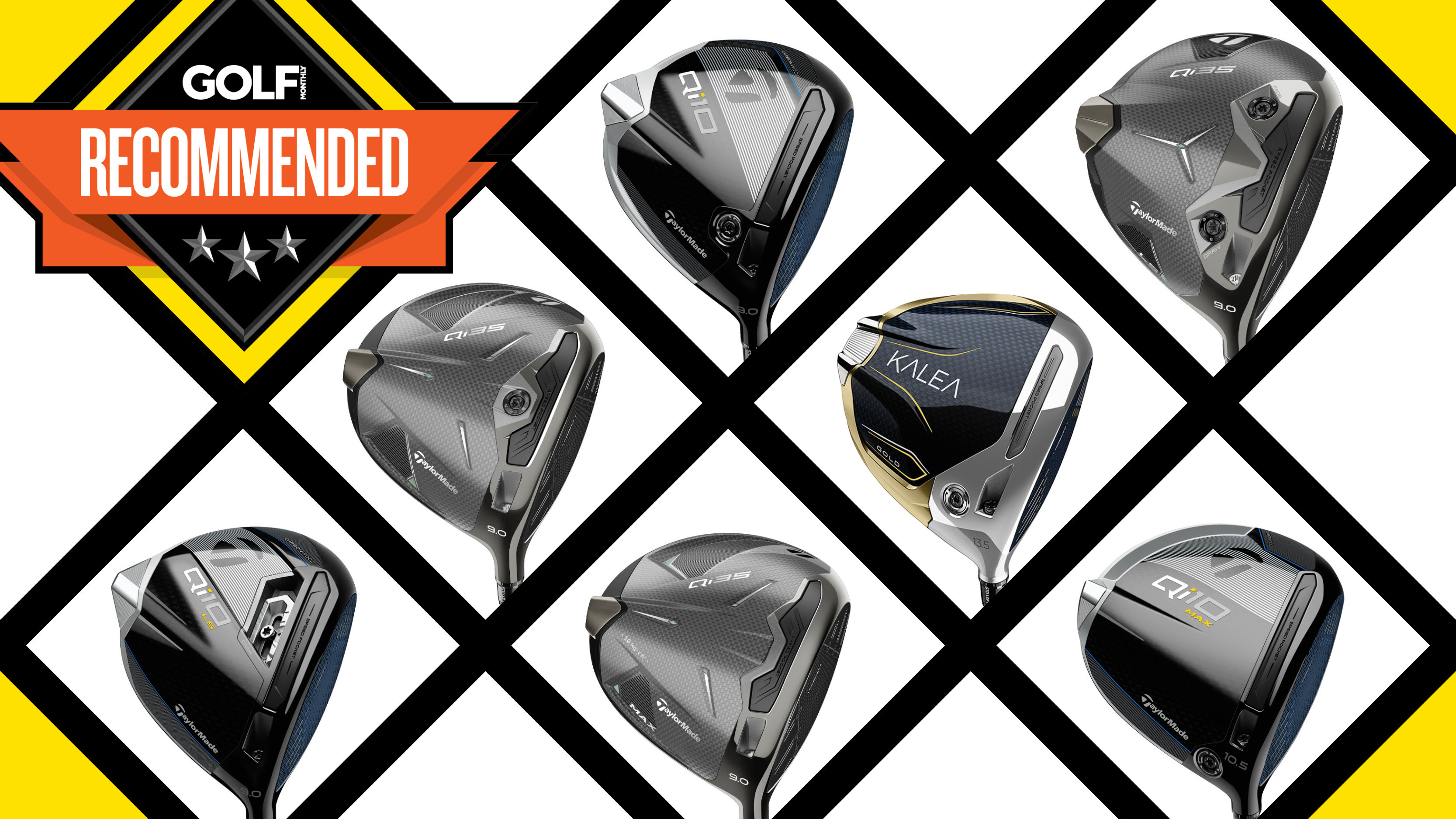

TaylorMade has been at the forefront of developing driver technology for over four decades and it continues to produce equipment that delivers market-leading performance. Rarely does a TaylorMade driver launch pass quietly, such is its presence on Tour among the world's best players.
WATCH: Joe Ferguson tests and compares the TaylorMade Qi35 driver family
Be it the JetSpeed, AeroBurner or Rocketballz - to name but a few models - TaylorMade can never be accused of bringing products to the market that lack innovation. In 2022 and 2023, TaylorMade introduced us to the Carbonwood age, as it launched the Stealth and then the Stealth 2 range of drivers, one of the first ever drivers to have an all carbon face and chassis. For 2024, TaylorMade introduced the Qi10, and more recently we have tested all of the Qi35 range, which are undoubtedly some of the best golf drivers in the game.
Below, we examine TaylorMade's driver offerings and offer our advice on which model will suit your game and skill level. Importantly, be sure to follow the links to our full reviews where you can read more about the latest technology and find out how each driver performed during testing. Alternatively, if TaylorMade is not for you, we have also created guides for other brands too – such as the best Ping drivers, the best Titleist drivers, and the best Callaway drivers.
The Quick List
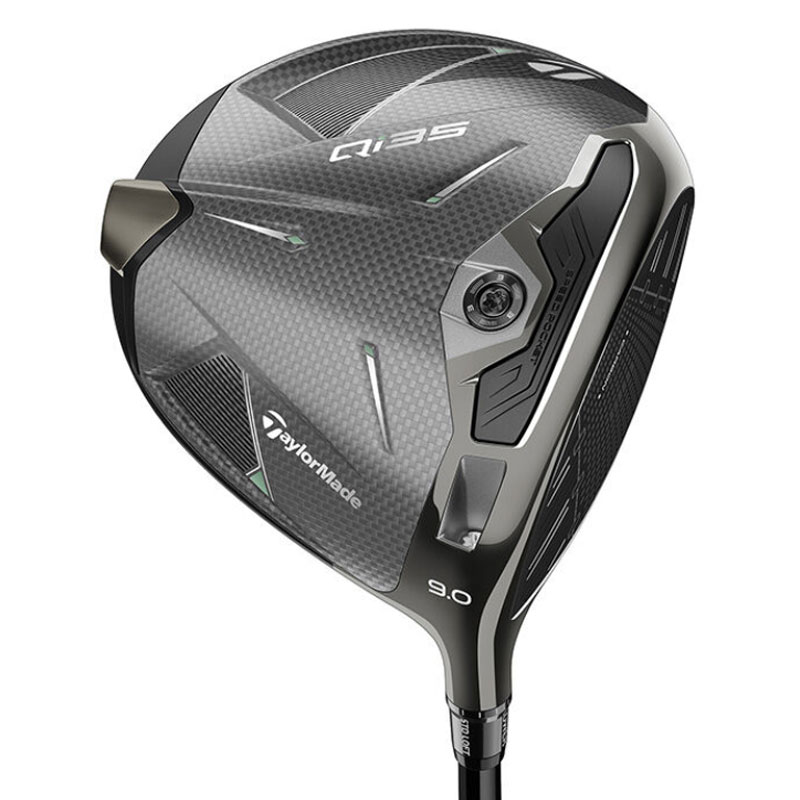
One of TaylorMade's best drivers in recent years, the Qi35 looks like a golf club plucked from the future. It provides solid feel and genuine playability whilst gives players adjustability with the weight ports on the sole.
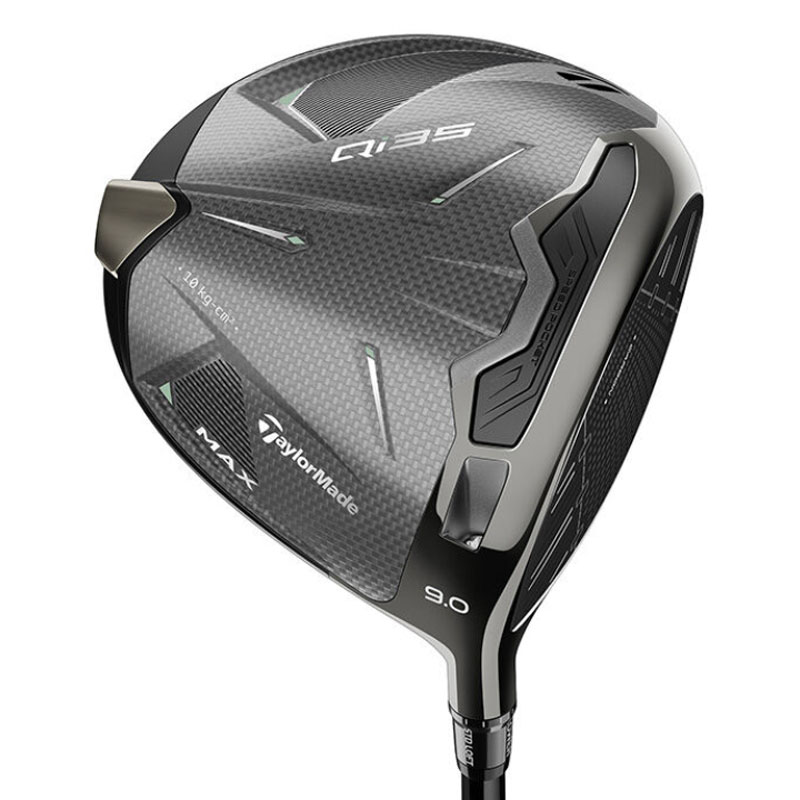
TaylorMade have made real improvements from the previous Qi10 models - all the stability and forgiveness remain, but an improved lower spin profile and stunning looks mean this driver is a must try for 2025.
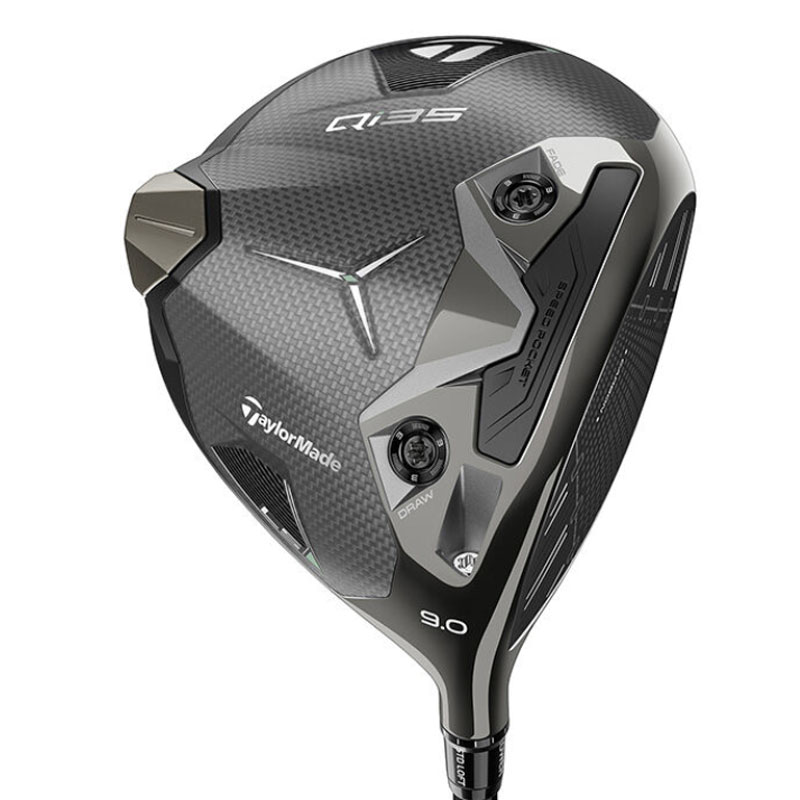
Fast, low spinning, long and providing a low, penetrating ball flight, the Qi35 LS is a missile of a driver designed specifically for talented ball strikers. Lack of forgiveness for off-center strikes means mid-to-high handicappers should consider other options.

Combining the best bits of both the Max and LS models, the standard Qi10 model is an exceptional all round performer that is extremely forgiving and will appeal to a broad spectrum of players.

The whole Qi10 series was named after this model and, thanks to incredible stability at impact and its easy to launch nature, the Max is the headline product of the range.

Providing users with low-spin and high ball speeds, the LS version of the Qi10 is designed for the 'better player', with the aesthetics a big improvement over its predecessor.
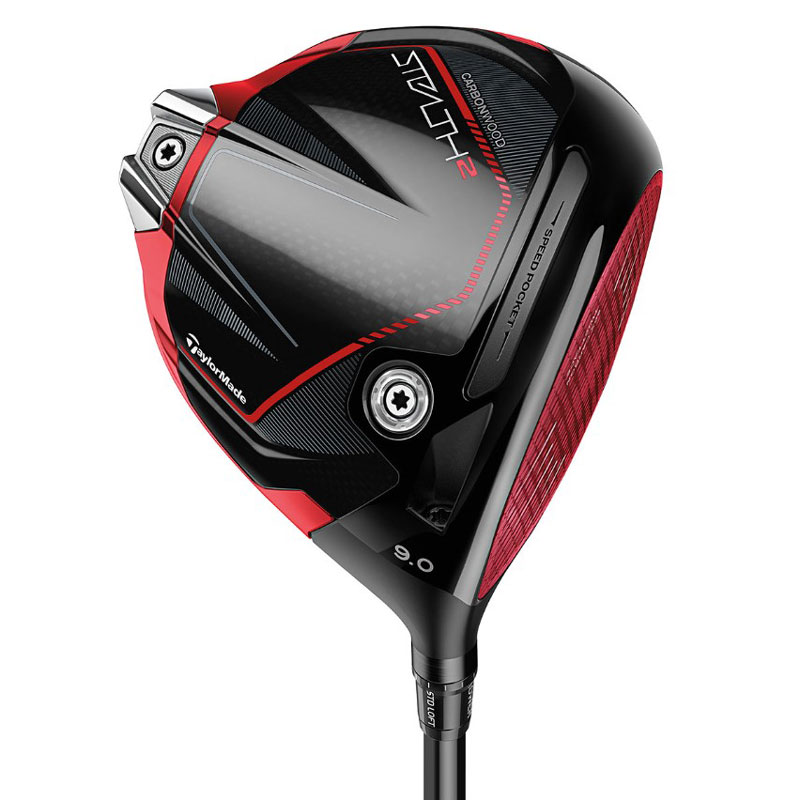
Providing a powerful feel at impact, the Stealth 2 is an impressive all-rounder that features a huge amount of technology.
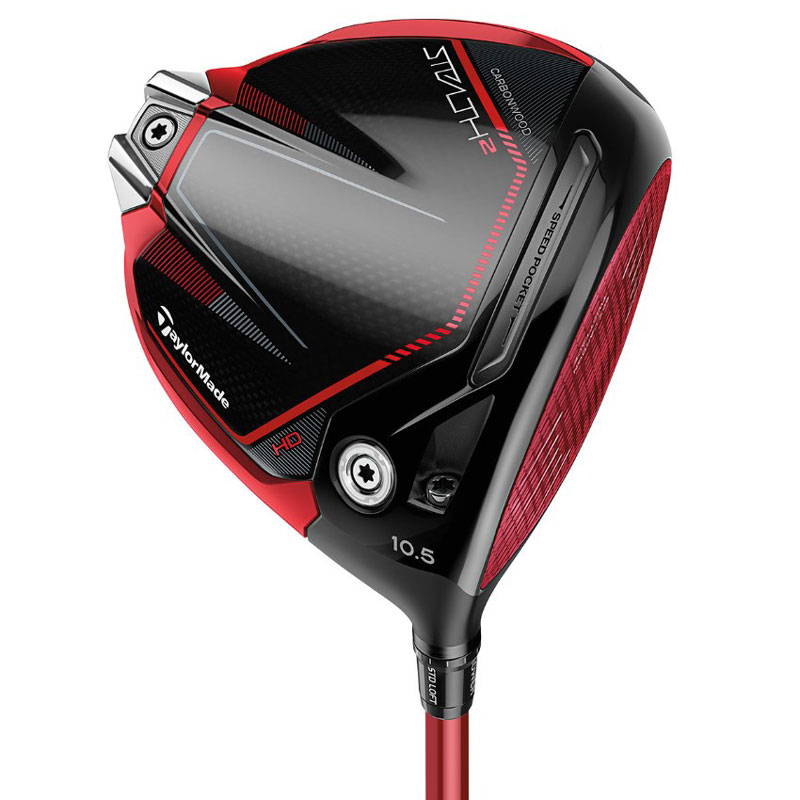
The Stealth 2 HD driver is the most forgiving of the three Stealth 2 models, with the subtle draw bias and extra weight making it very easy to hit and get the ball airborne.
Load the next 2 models
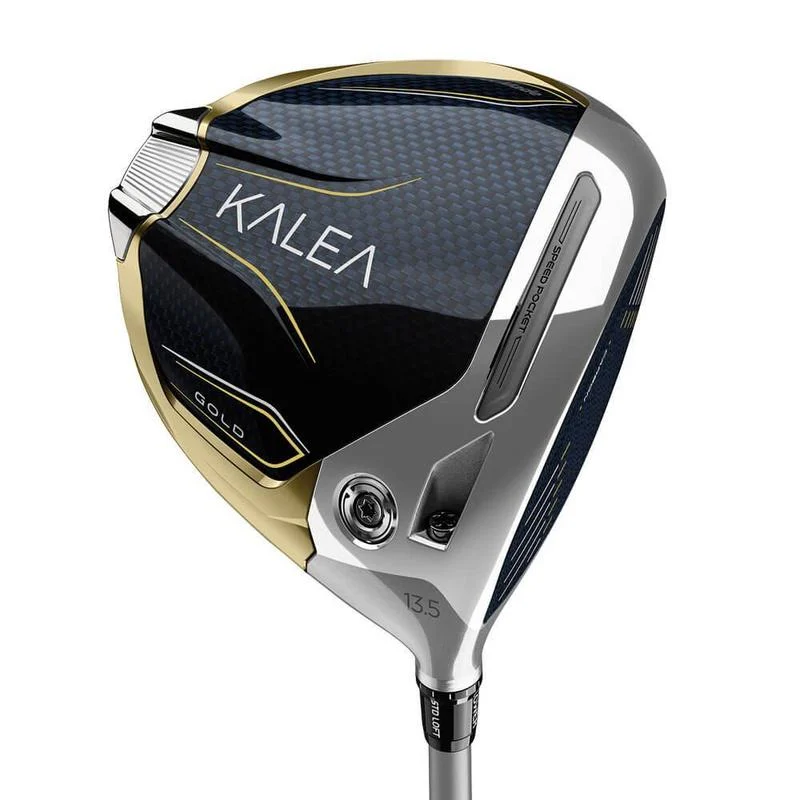
Increased distance, accuracy and forgiveness on off-centre strikes are the notable selling points for TaylorMade's latest women's driver. The luxurious looks also make this feel like a powerful club to have in your hands on the tee.
Best TaylorMade Drivers
Qi35 Models
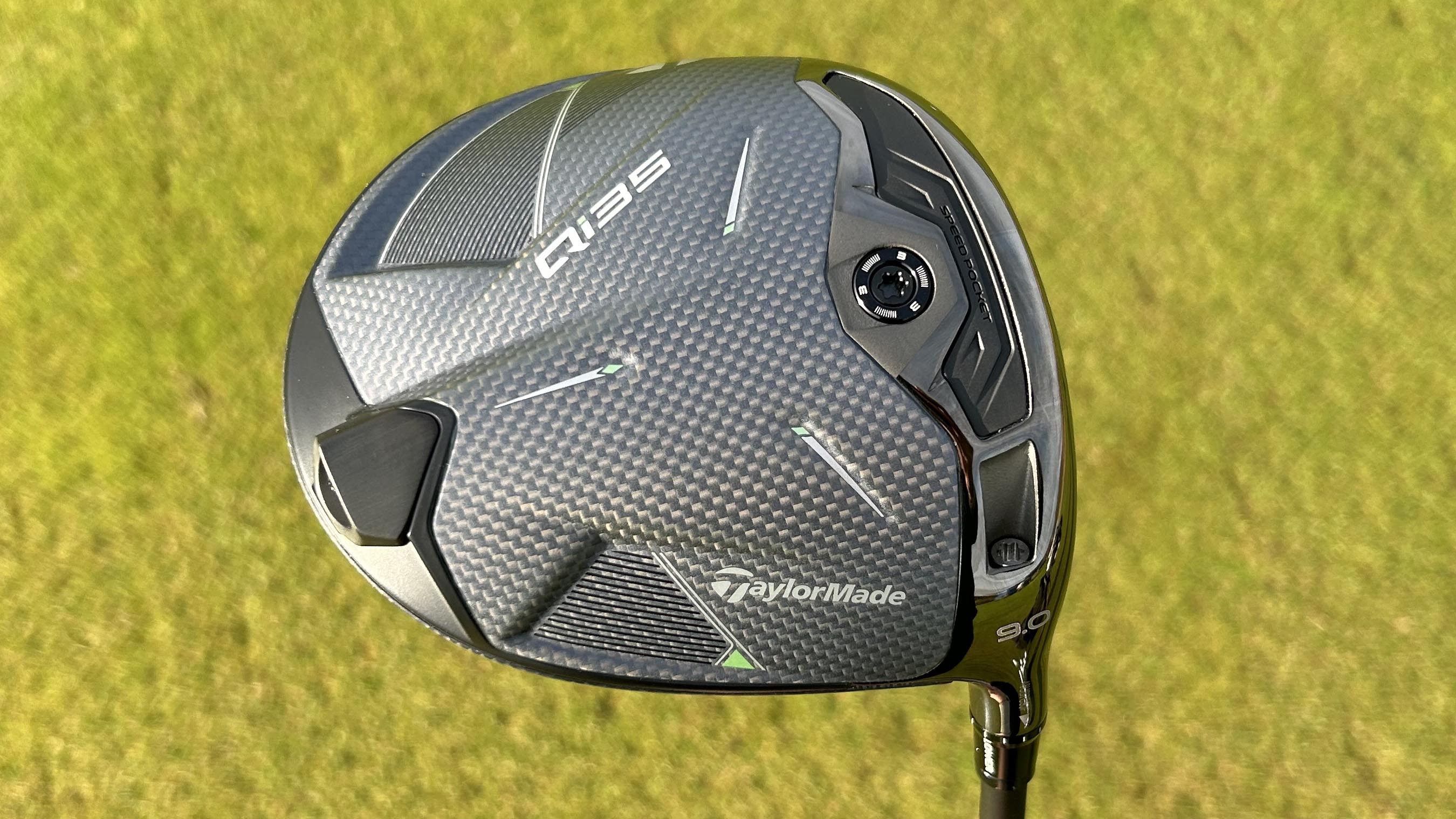
Specifications
Reasons to buy
Reasons to avoid
The standard model in the new Qi35 range from TaylorMade features two adjustable weights in the sole that can be switched to fine-tune launch and spin, a high-tech matte finish that looks like the inside of a supercar and brand new CG technology to enhance performance.
Without getting into the nitty gritty of golf technology physics, TaylorMade have made the CG in the face as low as possible, to increase what TaylorMade is referring to as ‘the area of opportunity’. TaylorMade believe that the lower the CG, the more chance of the user achieving optimal flight conditions.
The feel off the face is slightly livelier than the previous Qi10 and there is a more high-pitched acoustic that creates a touch more of a firmer feel to impact - a feature we enjoyed in testing.
I also loved the adjustability during our testing session as well. In a neutral setting this is an incredibly stable, forgiving driver that will help you find the fairway. If you're feeling you can set it into what I would call 'beast mode', adjusting the weights to drop rpm and increase overall distance output. Your dispersion will suffer a little but nowhere as much as I imagined. Overall then there’s genuinely not much I don’t like about this driver.
- Read our full TaylorMade Qi35 Driver Review
TaylorMade Qi35 Max Driver
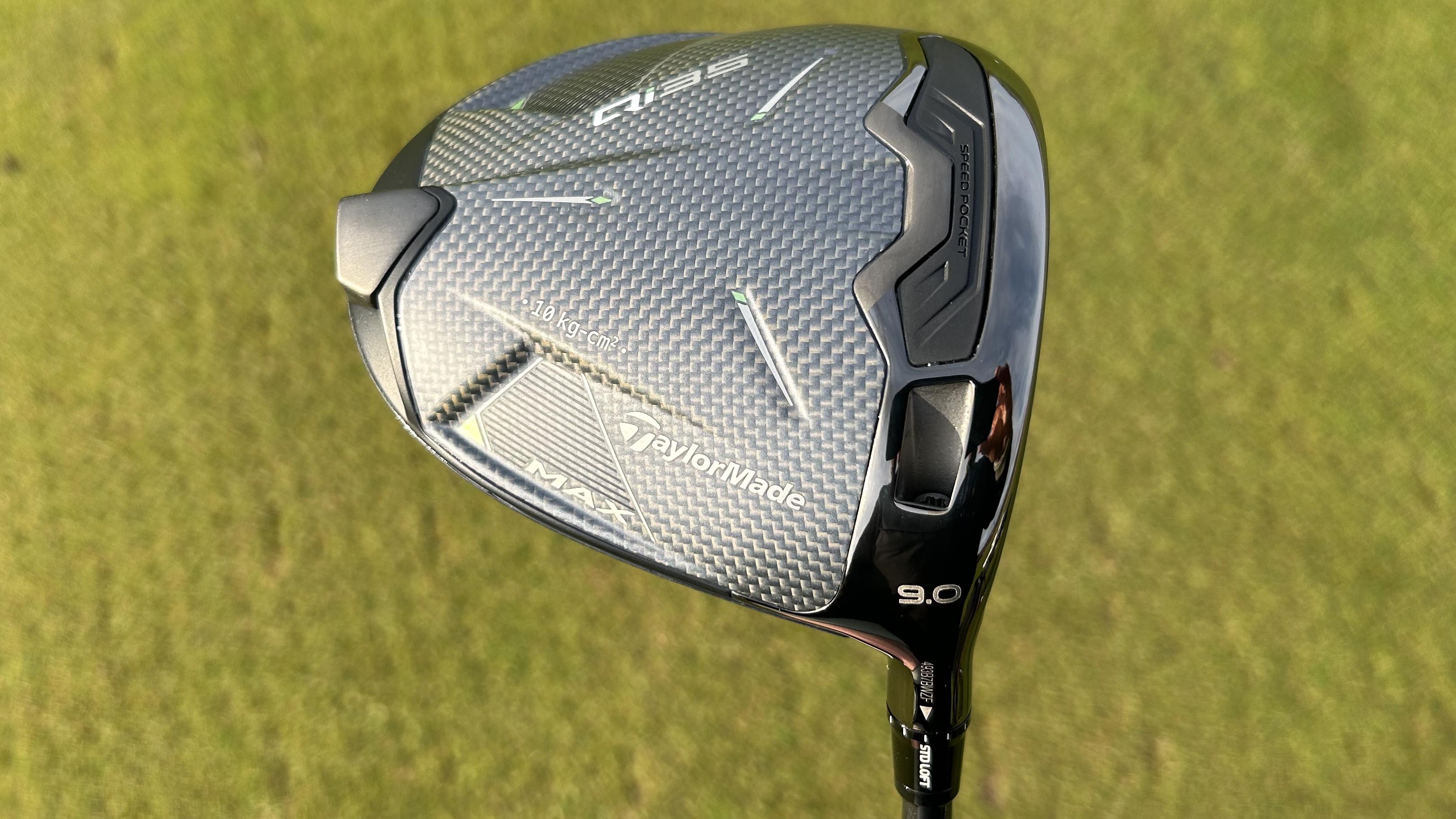
Specifications
Reasons to buy
Reasons to avoid
The 'Max' is yet another upgrade on the older model from the Qi10 family. All the stability and forgiveness remain, but with an improved lower spin profile and a seriously upgraded look. The Max is a driver designed to suit the widest range of players, from single figure handicappers all the way to higher handicaps and those less experienced in the sport.
The technology story from TaylorMade this year carries over to the Max and delivers the same smashing results as the standard Qi35 model. Unlike the standard model, however, is a massive 34g weight at the rear of the club head or ‘inertia generator’. This combines with a multi-material construction that includes chromium carbon, steel, aluminum, tungsten, and titanium, and a fourth-generation carbon twist face.
The faults of the Qi10, most notably the sky-high spin levels, have been fixed thanks to the lower CG. I was blown away with how tight our dispersion was with it during testing as well. Don't be afraid if you're a player with a slower swing speed either because what you lose in spin you'll gain back in launch through my experience with the club. Like the rest of the Qi35 range, feel and acoustics have been taken up a level and are now a little livelier than the Qi10 range.
TaylorMade have taken an already very successful product and fine-tuned a couple of areas that have genuinely yielded more impressive results.
- Read our full Taylormade Qi35 Max Driver Review
TaylorMade Qi35 LS Driver

Specifications
Reasons to buy
Reasons to avoid
The LS driver is designed for the elite golfer - one who doesn't need much help finding the center of the clubface, fairway or green. In contrast to the standard model in the Qi35 family, the LS model waves goodbye to the moveable weight track which has been replaced by three ‘pinpoint’ adjustable weights. The driver looks slightly different from the sole as a result but still looks fabulous both in the bag and at address.
Ball speed and overall distance output proved to be exceptional during our testing but we did find the LS to be a little volatile in terms of dispersion, with little help being offered to the user from strikes that miss the center of the face.
However, I know myself because I am sometimes tempted to follow them, but there are always golfers out there who want the very lowest-spinning product available. One of the first numbers PGA pros look at on their launch monitors after nailing a drive is the spin - when you adjust the weights and set the LS into 'beast mode', that's exactly what you'll get. When I moved the heavier weight into the forward toe slot it led to seriously low spin numbers even on fairly low impact locations.
The problem I have with the LS is how close the performance is to the standard Qi35 model, but without the forgiveness. This, of course, doesn't mean this is a bad driver, far from it. Rather, it speaks to how impressed we were by the standard Qi35 instead. Notable TaylorMade players on tour including Scottie Scheffler and Rory McIlroy used the standard Qi10 model as opposed to the LS driver last season and I'll be interested to see if they do the same in 2025.
- Read our full TaylorMade Qi35 LS Driver Review
Qi10 Models
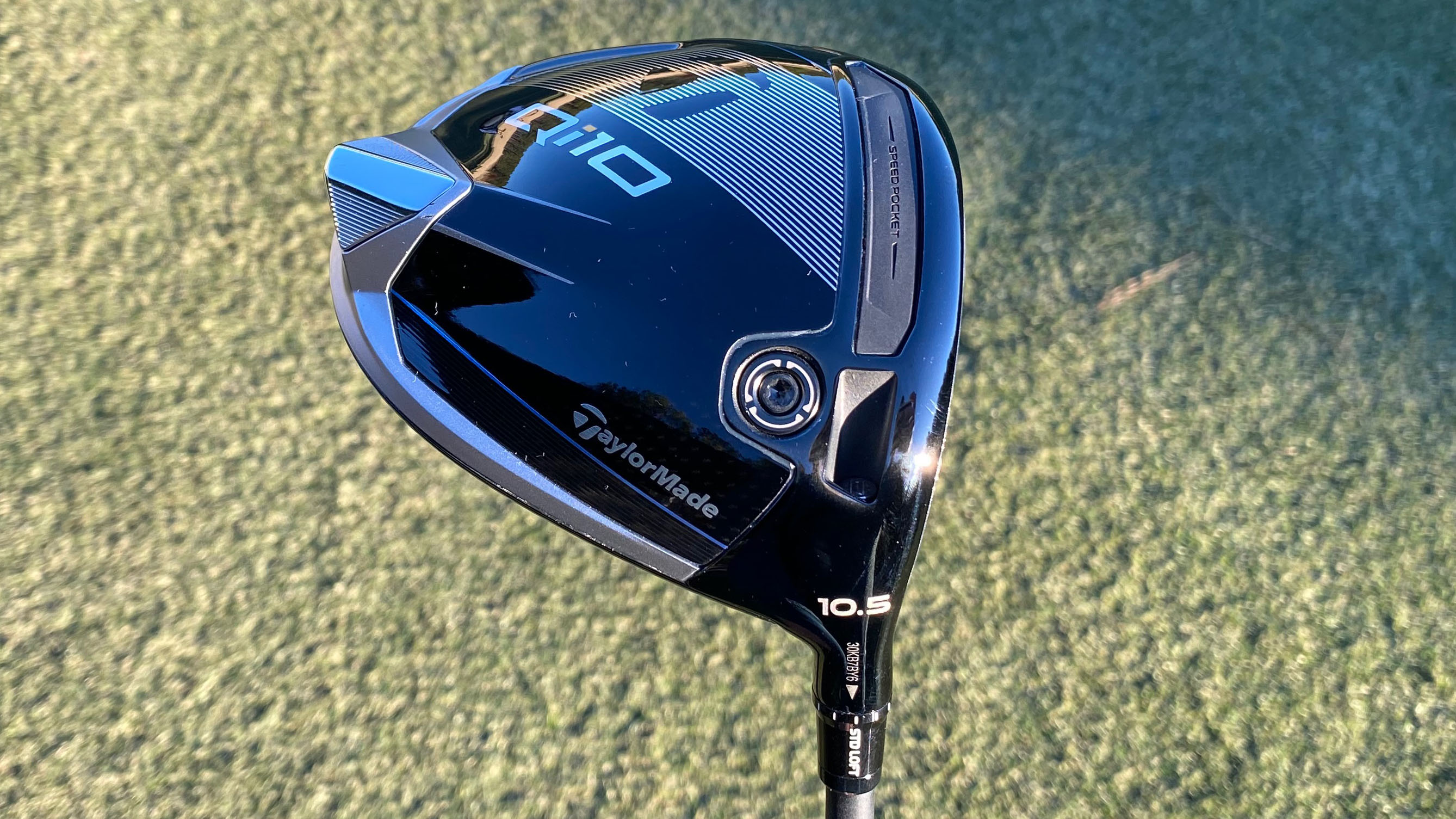
Specifications
Reasons to buy
Reasons to avoid
Sitting in the middle of the Qi10 range in terms of its spin and forgiveness levels, in theory the Qi10 will appeal to the broadest range of players. One thing that is for certain is that the tech story is pretty simple; TaylorMade has aimed to maximize the MOI without compromising ball speed.
How have they achieved this you may ask? Well, the company have re-engineered their 60X Carbon Twist Face and provided a supporting structure to promote faster ball speeds and improve the durability of the face. Coupled with a larger address footprint and a lower CG projection, we felt the Qi10 hit the mark in all the important aspects, with our testing showing an improvement over the Stealth 2.
Visually, TaylorMade has also come away from the red face that we saw in the Stealth range of clubs, with the color being replaced by a more subtle and less garish navy color. Furthermore, the ultra rounded shape of the Qi10 is a real delight and we felt it should inspire confidence when at address.
- Read our full TaylorMade Qi10 Driver Review
TaylorMade Qi10 Max Driver
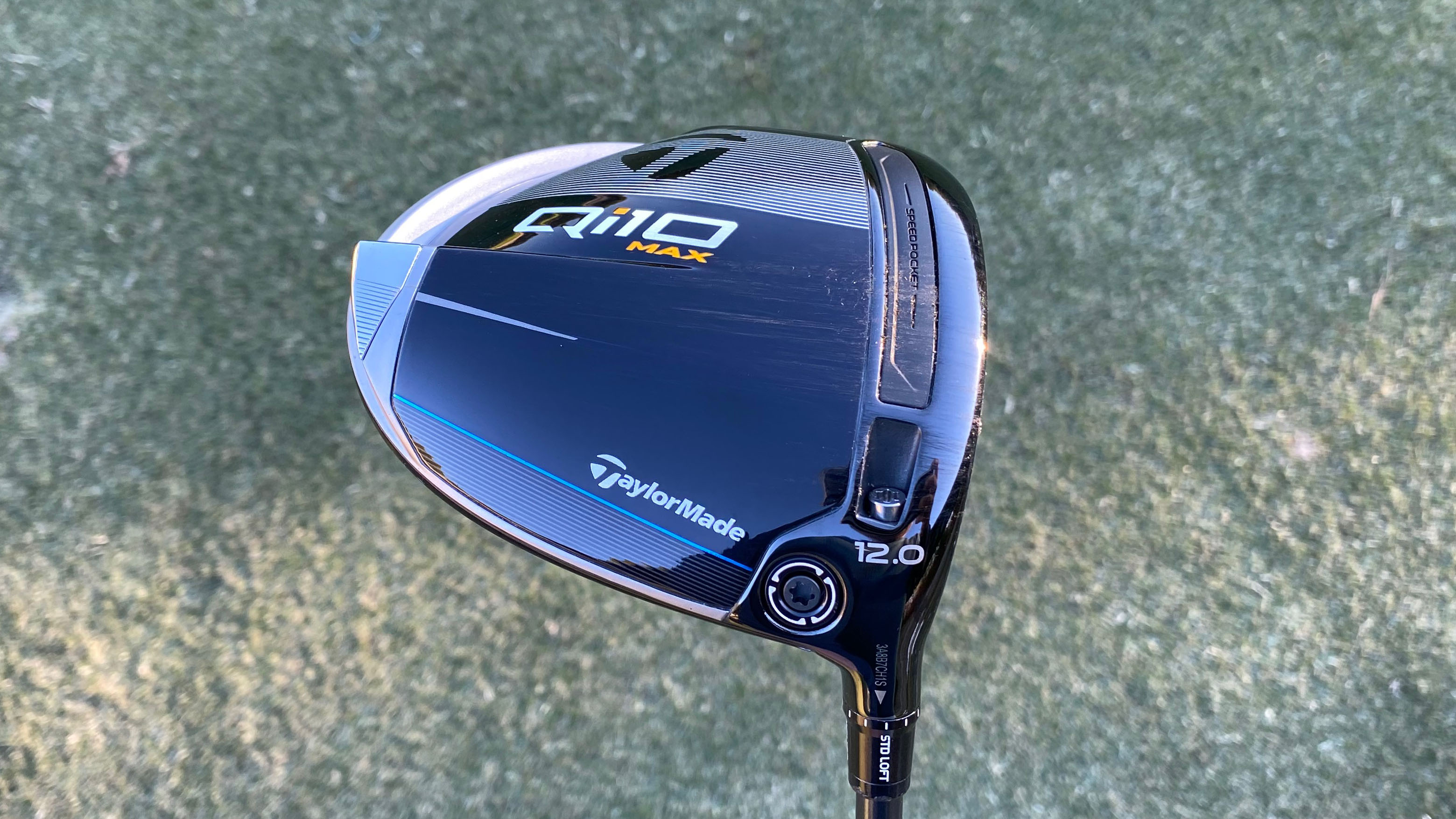
Specifications
Reasons to buy
Reasons to avoid
As mentioned, the whole Qi10 series was named after this model, with TaylorMade's engineers searching for 10K MOI, which is why you have the ‘Q’ for quest, the ‘i’ for inertia and the ‘10’ for 10k, giving us the Qi10.
Sharing similar looks to that of the standard Qi10 and LS, the stand out of this driver is the forgiveness, which we thought was astonishing! On mis-hits, the Max retained its ball speeds no matter where struck off the face, whilst the dispersion remained tight from a length and directional perspective.
One notable difference between the Max and the other options is that the spin was on the higher side, which is something we expected as this is the more forgiving model. Also, rather interestingly, TaylorMade have implemented the Qi10 Max with a shaft that is an inch shorter. This is to help promote centre contact to be made more regularly, something which puts the Max amongst the best high handicap drivers.
- Read our full TaylorMade Qi10 Max Driver Review
TaylorMade Qi10 LS Driver
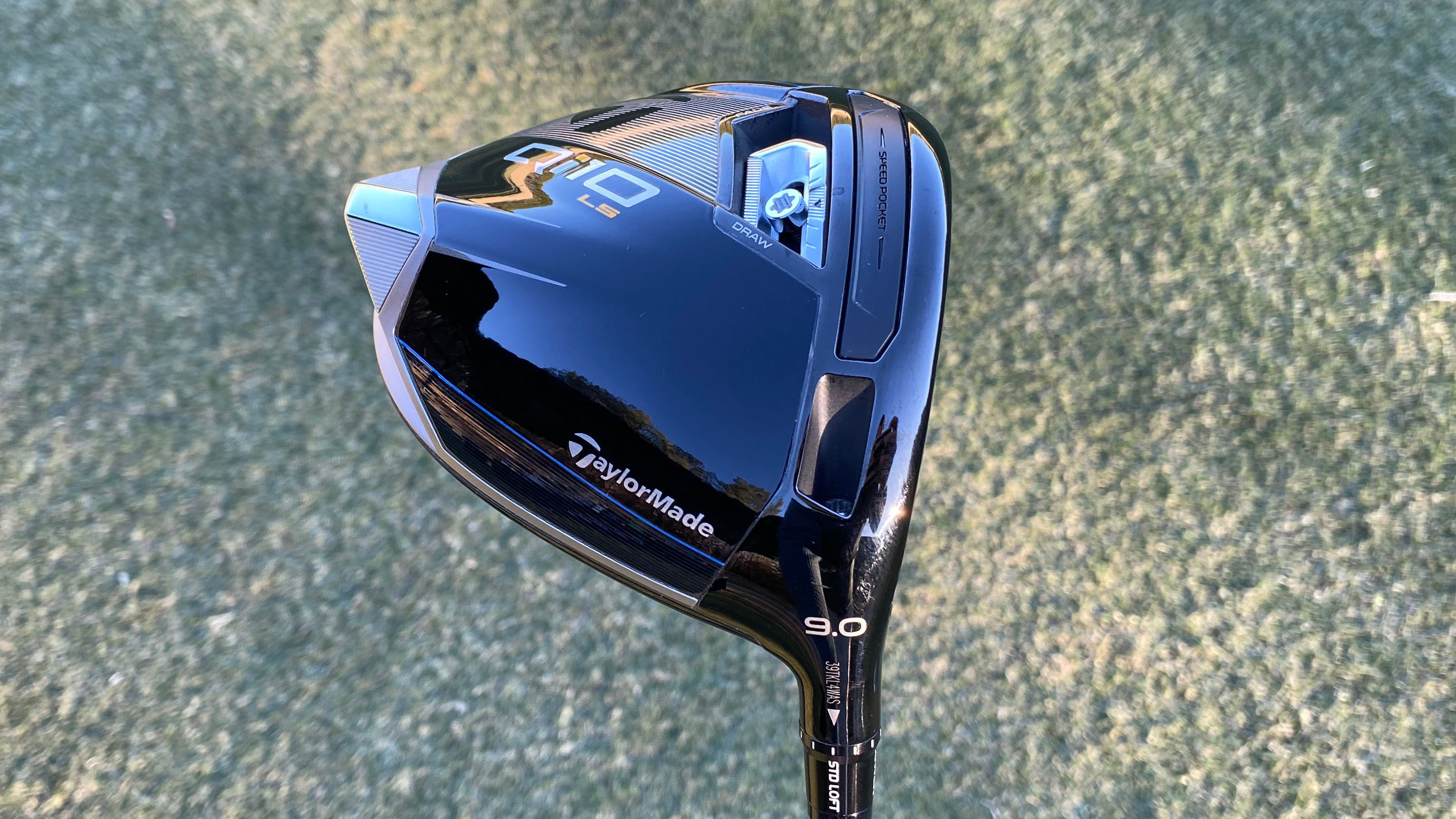
Specifications
Reasons to buy
Reasons to avoid
The Qi10 LS features the updated looks we see in the standard and Max versions, with the LS model retaining a more familiar pear-shaped TaylorMade profile. This is slightly different to the other models listed above, which tend to have a more rounded footprint.
Beginning with the performance, the LS was producing some really solid numbers and, importantly, the spin rate was low. This is what the Qi10 LS is designed to do and, thanks to the high ball speed, we think this will be better suited to those with faster swing speeds and more competent ball strikers.
- Read our full TaylorMade Qi10 LS Driver Review
Stealth 2 Models
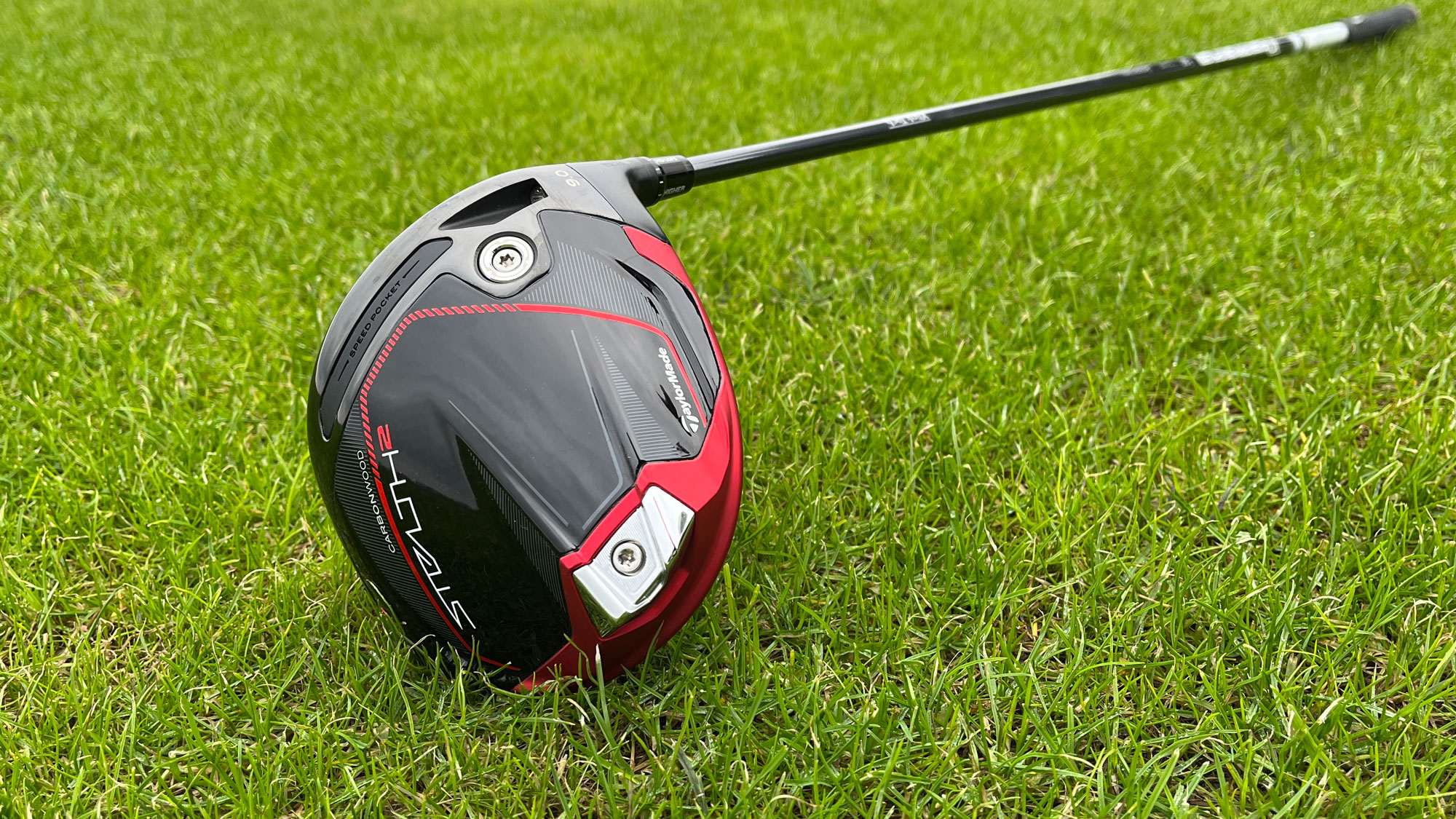
Specifications
Reasons to buy
Reasons to avoid
Just like the previous Stealth, the Stealth 2 features the 60X Carbon Twist Face and a face design that features an advanced version of Inverted Cone Technology (ICT). From our testing, we found that it still maintained the ball speed on off-center strikes, as well as providing an increase in forgiveness.
Although there is still the red and black aesthetic, which will divide opinion, TaylorMade has made it more user-friendly, especially behind the ball. How, you may ask? Well, they have by making the red on the face brighter, which ensures the loft on the club is a little clearer to see. What's more, the glossy black crown also helps it look a bit more generous at address.
Compared to the previous generation, the Stealth 2 is more evolutionary than revolutionary and, when we hit it, we found that the distance was good but it was the added consistency that impressed us most. This was especially true in terms of ball flight, as it remained pretty consistent throughout testing.
- Read our full TaylorMade Stealth 2 Driver Review
TaylorMade Stealth 2 HD Driver
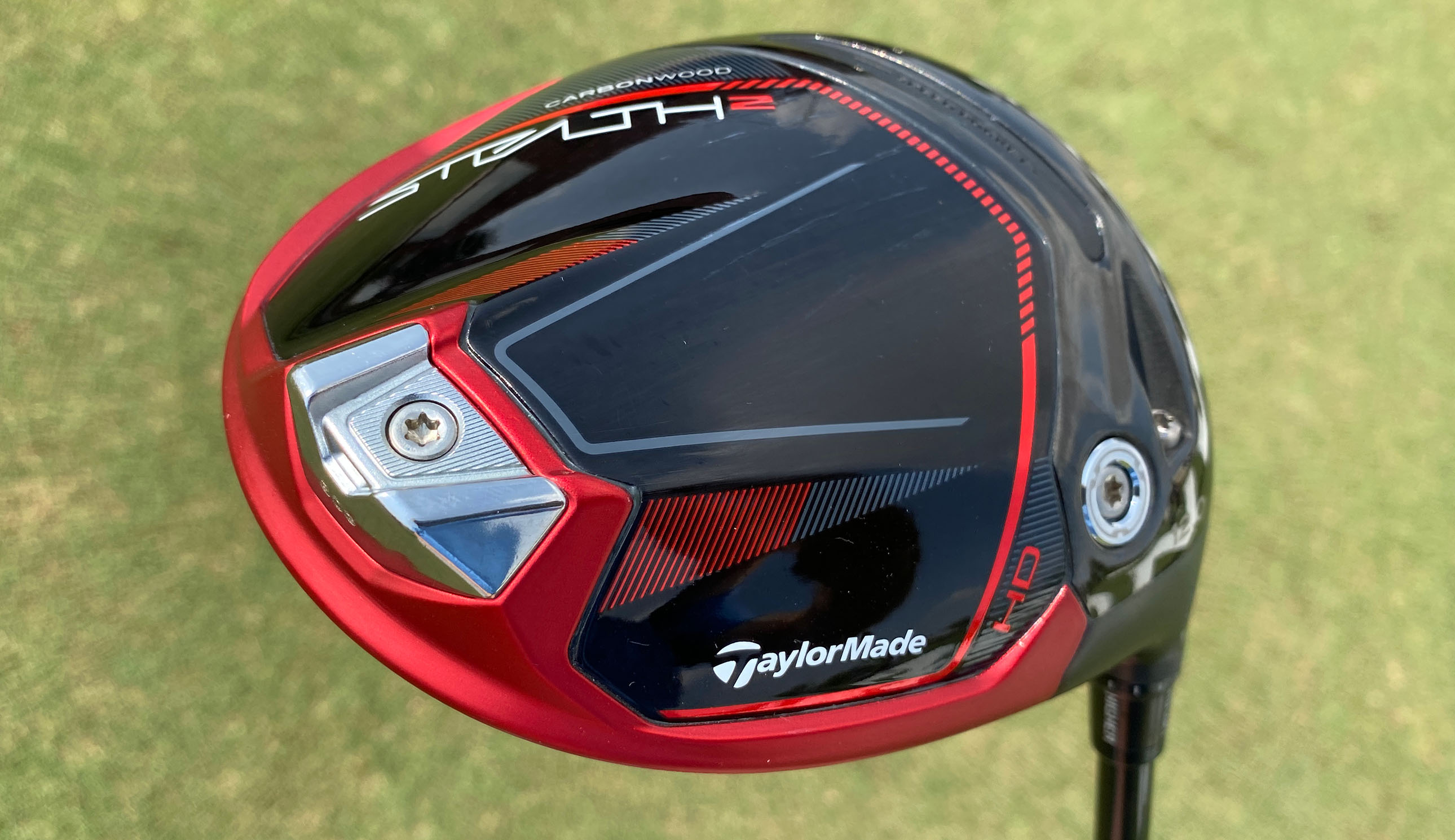
Specifications
Reasons to buy
Reasons to avoid
When released, we were such big fans of the Stealth 2 HD that we actually rated it five stars out of five in our review. The reason for this was down to the fact it was so easy to launch, had high levels of forgiveness and had a subtle enough draw bias to really help straighten out a slice.
Providing users with a more rounded head than the other Stealth 2 models, the HD has the inverted cone variable face thickness we see on TaylorMade drivers, but their engineers have put the majority of the weight gain towards the heel side of the sweet spot. By doing this, the HD is very forgiving, especially on mis-hits that are low and to the inside of centre.
As mentioned, the HD is designed to straighten out a slice and, in our testing, it did just that, as it had around a 5 to 10 yard draw bias. One notable point is that the flight was considerably higher, which we put down to the extra spin generated.
- Read our full TaylorMade Stealth 2 HD Driver Review
TaylorMade Stealth 2 Plus Driver
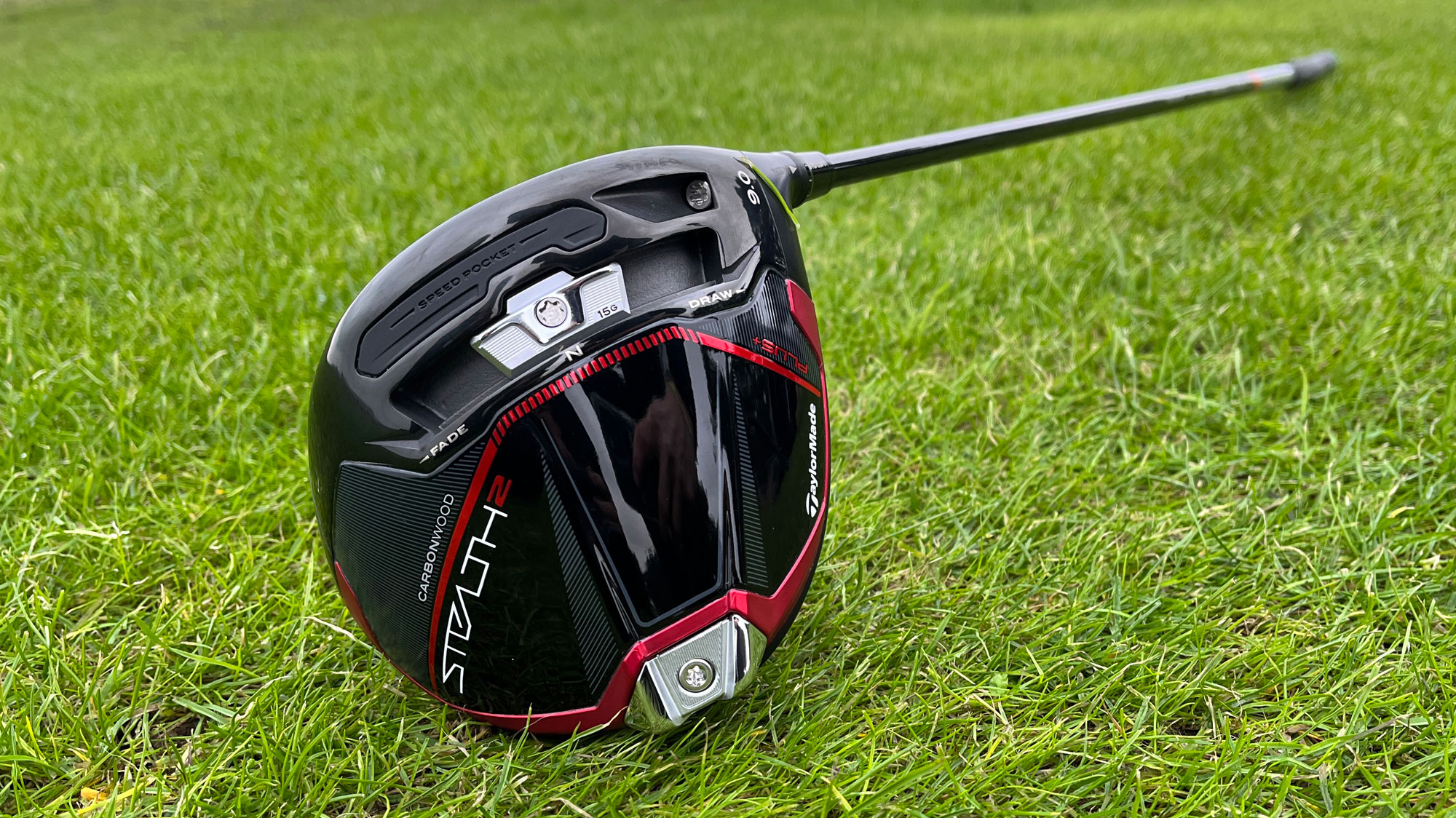
Specifications
Reasons to buy
Reasons to avoid
Of the three Stealth 2 models, the Plus driver has the most compact footprint at address (the Stealth 2 and Stealth 2 HD are slightly bigger to look down on) and, as such, it is probably best suited to the more consistent ball strikers. That being said, like with the other Stealth 2 models, the aesthetics of this driver are excellent.
Another thing we picked up on while testing the Stealth 2 Plus on the course was the feel. This is a really important part of the overall package and we were pleased that the second generation Stealth still felt powerful through impact.
In terms of acoustics, we thought it was a fraction more muted than the previous generation and we really liked it but, if you prefer a higher-pitched contact sound, you might find this isn’t lively enough for you. Finally, it features a 15g sliding weight to help golfers dial in their ball flights. We found this aspect fun to tinker around with but, realistically, after a custom fitting, it will be best to just leave where it is.
- Read our full TaylorMade Stealth 2 Plus Driver Review
Women's Models
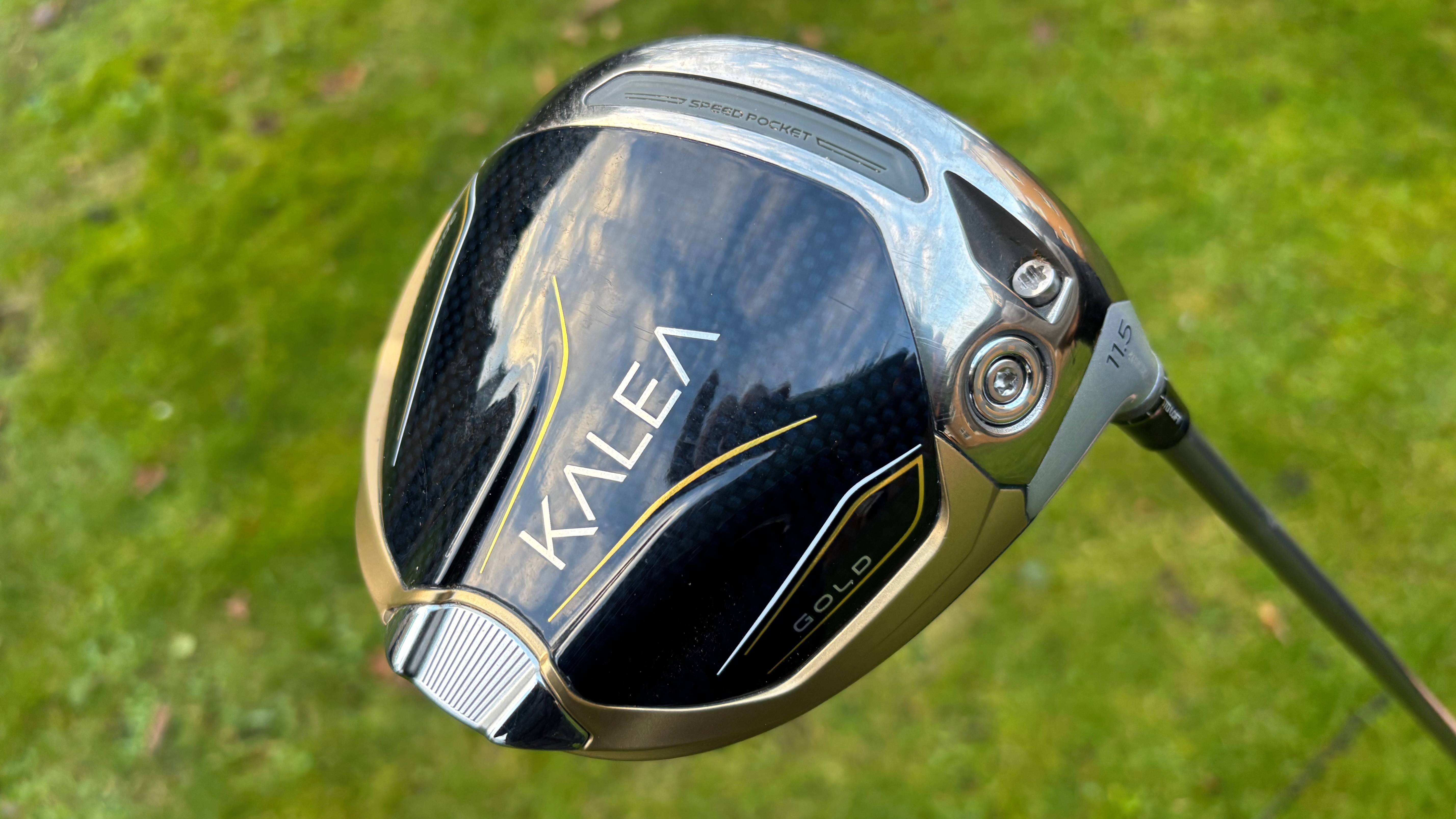
Specifications
Reasons to buy
Reasons to avoid
Sometimes, when it comes to women's drivers it can feel like the females sometimes get the short end of the stick. The men are given the flashy new technology in their explosive drivers whilst the women's drivers sometimes feel a bit... meh. We're happy to report that there is no such feeling with the TaylorMade Kalea Gold Driver, which we loved during testing.
It delivers impressive distance numbers whilst coupling in pleasing levels of forgiveness. Importantly, this feels like a premium driver thanks to the premium-feeling feedback from the strike. It also looks the part thanks to the carbon-fibre style top and a tiny gold TaylorMade logo is a nice touch to help correctly line yourself and clubhead up before unleashing a drive down the middle.
The overall swing weight might take some getting used to as it's a little different to other drivers, but you'll feel at home with this driver in your hands within a few rounds at worst.
- Read our full TaylorMade Kalea Gold Driver Review
TaylorMade Kalea Premier Women's Driver
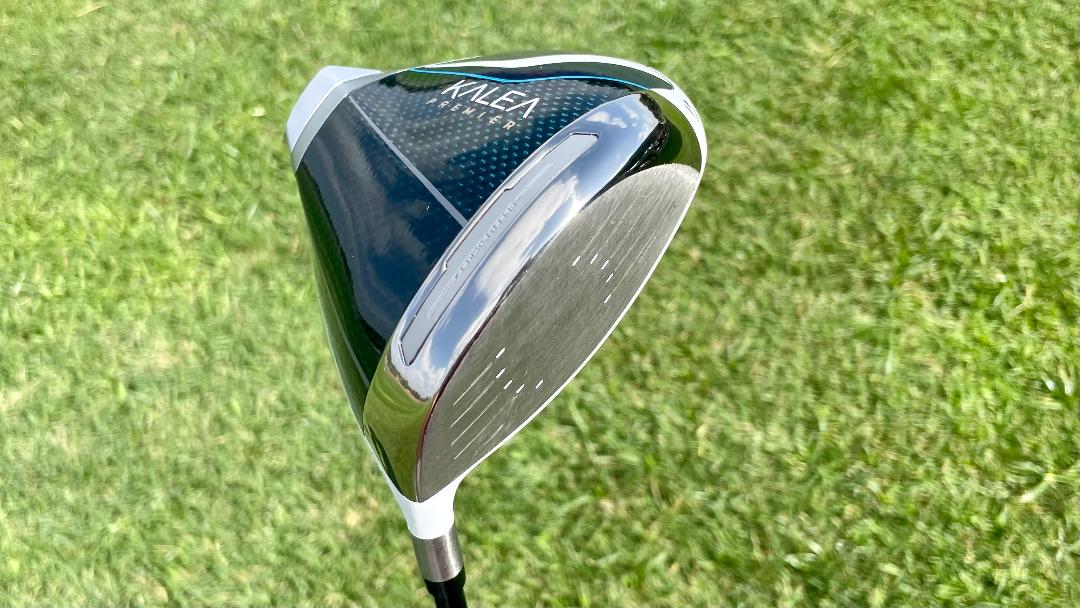
Specifications
Reasons to buy
Reasons to avoid
TaylorMade's goal with the Kalea range was to produce the absolute best clubs for ladies across a broad spectrum of playing styles. In fact, the company ran focus groups across four countries, asking over 15,000 lady golfers of varying abilities what they wanted in a driver and even built an advisory panel made up of female PGA professionals. The result, in our opinion, is one of the best golfer drivers for women TaylorMade has ever built.
Coming in at 12.5 degrees of loft as standard, it features a super lightweight carbon crown and sole, as well as a 22-gram steel back weight to help launch the ball higher. What's more, it also has TaylorMade's corrective 'Twist Face' to help straighten out your heel and toe mis-hits.
There's yet more technology in the flexible 'Speed Pocket' channel behind the face that expands the sweet spot. In testing, it provided an added boost of ball speed and forgiveness on low face strikes, something which many will absolutely adore!
- Read our full TaylorMade Kalea Premier Women's Driver Review
How We Test
When it comes to product testing, our reviews and buyers' guides are built upon a rigorous testing procedure as well as the knowledge and experience of the test team.
Getting into the specifics of the drivers, we first attend product launches and speak to manufacturers to understand the technology. We then hit the golf clubs indoors, usually at Foresight Sports and test the products with premium golf balls on a launch monitor.
Outdoor testing is the next port of call, as conditions outside will be a lot different to the perfect set up you can produce indoors. Ultimately, we aim to be as insightful and honest as possible in our reviews, so it is important to acknowledge that no manufacturer can buy a good review. This is because our team tells it how it is.
How to choose a new driver
You've probably already asked yourself whether you need to buy a new driver, but there's a few key things to consider when investing in a new driver, especially one that can help with your slice. Hopefully answering these questions will narrow your search down slightly and make comparing between various models much easier.
When purchasing a new big stick, it is crucial to ask yourself just what you need from it. Is distance your main priority or are you looking for something to help you find more fairways? We'd always recommend a custom fitting with a PGA Pro but if you know what you're looking for you can make an informed decision.
You also need to think about factors like feel, sound and looks as well because if a driver falls down for you in any of those facets, you are compromising when you don't have to.
FAQs
Which TaylorMade driver is most forgiving?
In the current range the TaylorMade Stealth 2 HD is the most forgiving driver. In the previous Stealth range either the standard Stealth or HD secured this title.
Is a 10.5 degree driver more forgiving?
It depends what loft you're comparing it to. Normally, the more loft on the driver the more forgiving it is. Most of the best TaylorMade drivers are available in a 12 degree head if you want maximum forgiveness. They are all also full adjustable for loft, so you can tweak the loft if you need.
Get the Golf Monthly Newsletter
Subscribe to the Golf Monthly newsletter to stay up to date with all the latest tour news, equipment news, reviews, head-to-heads and buyer’s guides from our team of experienced experts.

Joe has worked in the golf industry for nearly 20 years in a variety of roles. After a successful amateur career being involved in England squads at every age group, Joe completed his PGA degree qualification in 2014 as one of the top ten graduates in his training year and subsequently went on to become Head PGA Professional at Ryder Cup venue The Celtic Manor Resort. Equipment has always been a huge passion of Joe’s, and during his time at Celtic Manor, he headed up the National Fitting Centres for both Titleist and Taylormade. He’s excited to bring his knowledge of hardware to Golf Monthly in the form of equipment reviews and buying advice.
Joe lives in North Devon and still plays sporadically on the PGA West region circuit. His best round in recent years came earlier in 2023 where he managed a 9 under par 63 at Trevose GC in a Devon & Cornwall PGA Tournament.
Joe's current What's In The Bag?
Driver: Switch between TaylorMade Qi35 and Callaway Elyte TD - both with Fujikura Ventus Black 6-X
Fairway wood 1: TaylorMade BRNR Copper Mini Driver - Fujikura Ventus Black 7-X
Fairway wood 2: Callaway Apex UW 17˚- Fujikura Ventus Black 9-X
Irons: TaylorMade P7CB 3-PW with Dynamic Gold Tour Issue X100 shafts
Wedges: Callaway Opus 50, 54, and 60 degrees - Project X LS 6.0 shafts
Putter: LAB Golf Oz.1 (zero shaft lean)
Ball: TaylorMade 2024 TP5x
Grips: Golf Pride Tour Velvet 60R
Bag: Vessel Player IV Pro DXR Stand
- Sam TremlettSenior E-commerce Editor
- Conor KeenanEcommerce Writer
-
 The Augusta National Member Who Is (Sort Of) Playing In The Masters This Weekend
The Augusta National Member Who Is (Sort Of) Playing In The Masters This WeekendAugusta member Michael McDermott is playing as a scorer this weekend as an odd-number of players made the cut
By Michael Weston Published
-
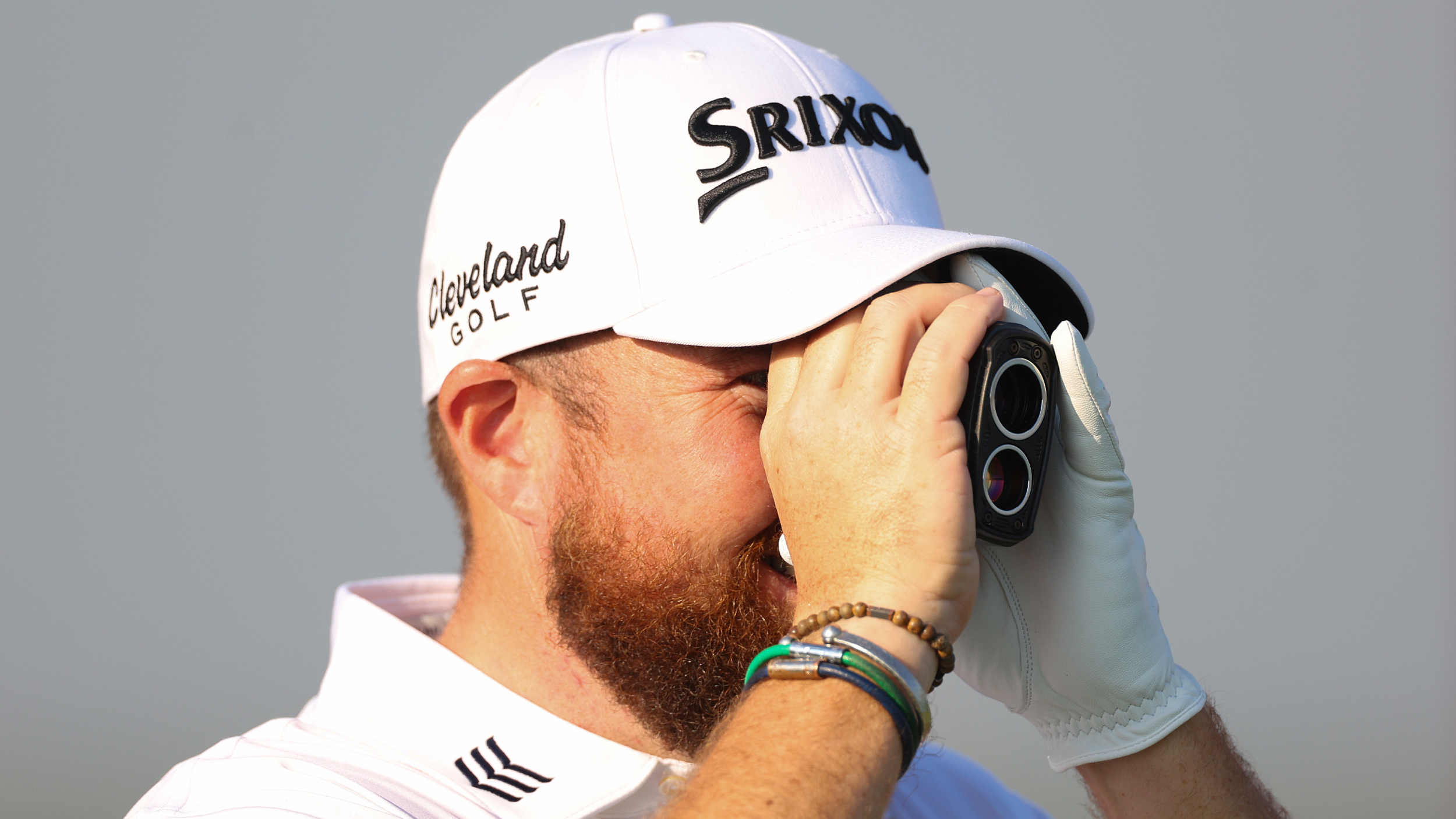 Are Rangefinders Allowed At The Masters?
Are Rangefinders Allowed At The Masters?Rangefinders are becoming increasinly prominent in the professional game, but what about at The Masters?
By Mike Hall Published
